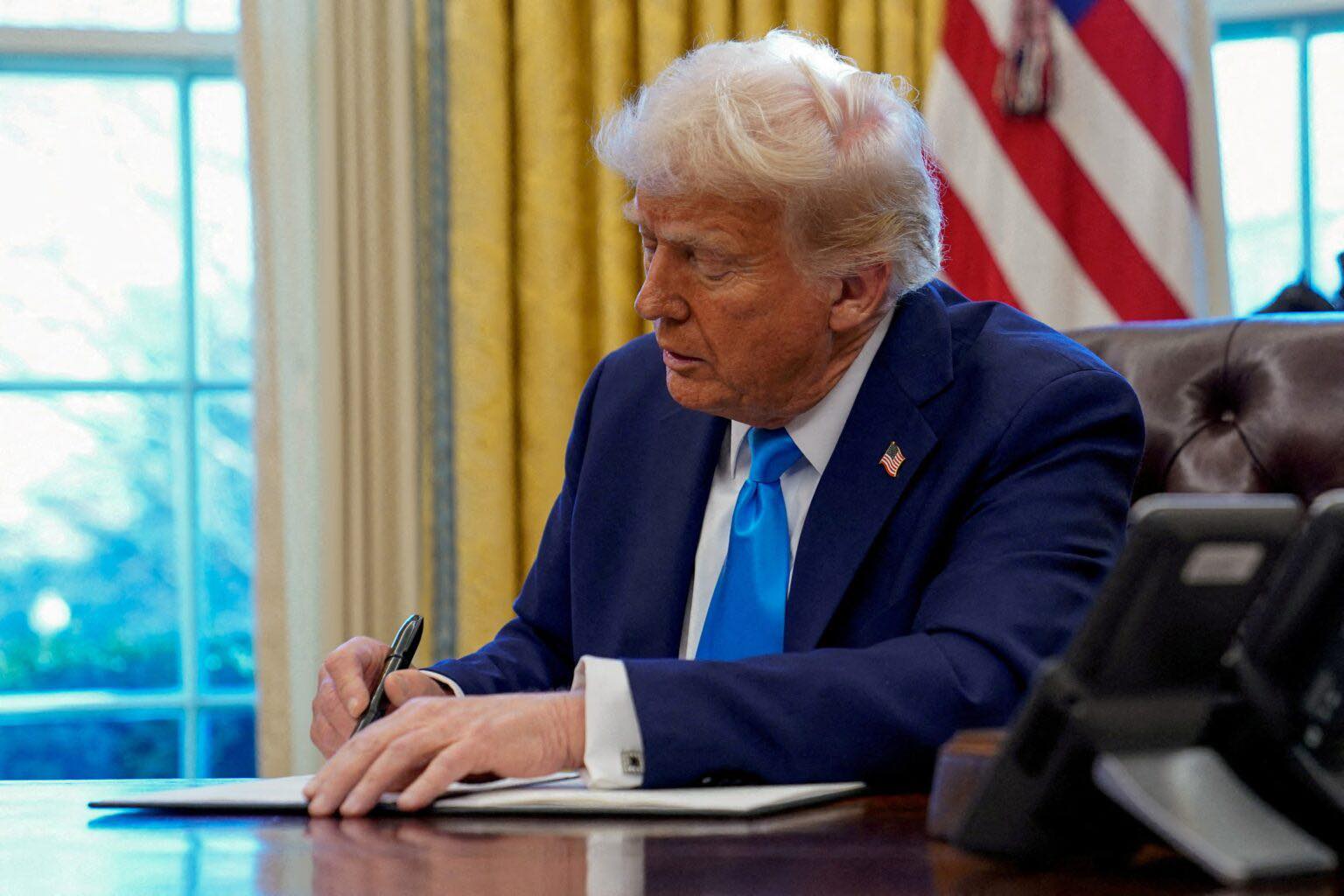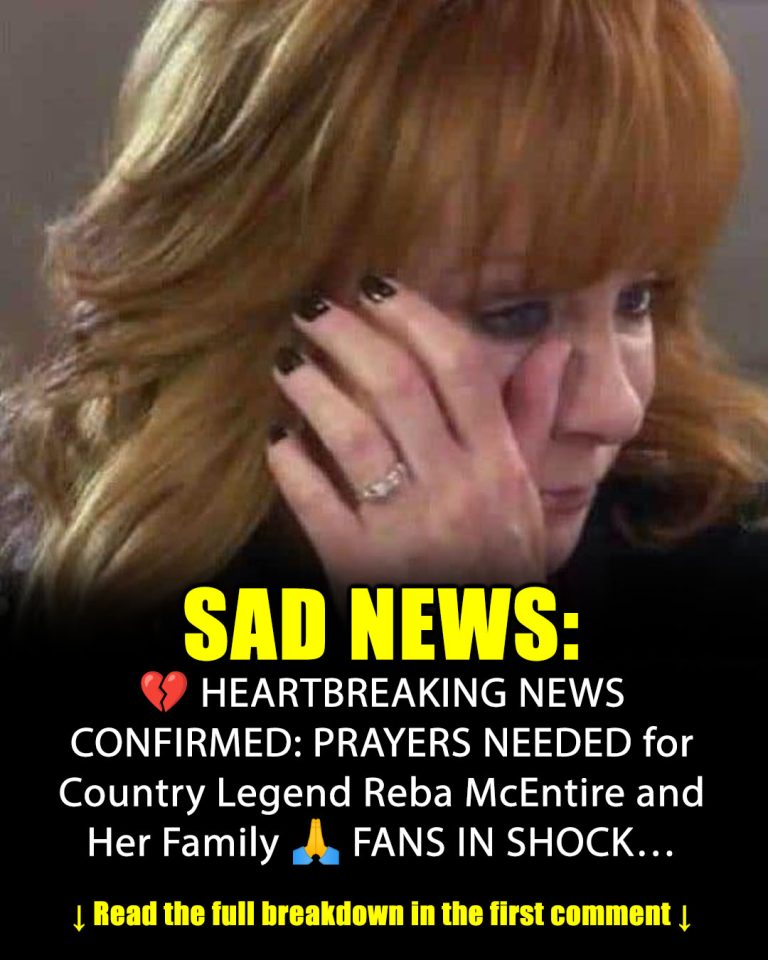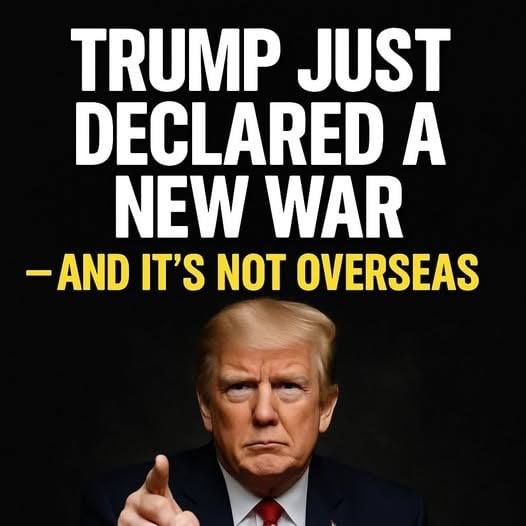Why is Trump moving nuclear submarines after the dispute with Medvedev?
Why is Trump moving nuclear submarines after the dispute with Medvedev?
Donald Trump has ordered the repositioning of two U.S. nuclear submarines to “appropriate regions” in relation to Russia, as the American president grows frustrated with the stalled peace talks aimed at ending Russia’s war in Ukraine.
The next day, Medvedev posted on social media, describing Trump’s threat as “a step toward war.” He wrote that Trump was “playing the ultimatum game with Russia.”
In a post on Truth Social, Trump responded: “Words are very important and can often lead to unforeseen consequences—I hope this won’t be one of those times.”
What has Trump done?
On Friday, Trump posted on his Truth Social platform that he had ordered two U.S. “nuclear submarines” to be repositioned to “appropriate regions.”
Trump referenced what he called threatening comments made by former Russian President Medvedev, now deputy chairman of Russia’s Security Council. He labeled Medvedev’s statements as “very provocative,” adding that his actions were a precautionary measure.
“I have ordered two nuclear submarines to be positioned in the appropriate regions, in case these foolish and inflammatory statements are more than just that,” Trump wrote.
As part of his presidential campaign, Trump had pledged to end the Russia-Ukraine war within 24 hours. However, recent discussions with Russian President Vladimir Putin have yielded no results.

What do we know about the submarines Trump says he’s repositioning?
Not much—and we don’t know exactly which submarines Trump is referring to. He did not specify whether he was referring to nuclear-powered submarines or submarines armed with nuclear missiles.
However, analysts view Trump’s statement as rhetorical rather than military, pointing out that the U.S. already has nuclear-powered submarines deployed and capable of striking Russia as a deterrent.
What prompted Trump’s submarine move?
Mainly, his frustration with the lack of progress in peace talks between Russia and Ukraine. But in this case, his social media feud with Medvedev appears to have triggered the action.
Trump and the Russian military leader have engaged in public spats on social media for some time.
Previously, responding to Trump’s new ceasefire deadline in Ukraine, Medvedev posted on X that Trump was playing a “game of ultimatums” with Russia.
“Every new ultimatum is a threat and a step toward war. Not between Russia and Ukraine, but with his own country. Don’t follow the path of ‘Sleepy Joe!’” Medvedev said.
Earlier this week, while announcing trade tariffs on India—along with a penalty for buying Russian oil—Trump said he didn’t care if India and Russia “destroyed their dead economies together.”
In a Telegram post on Thursday, Medvedev said Trump should “re-watch his favorite zombie movies and remember how dangerous the mythical ‘Dead Hand’ can be.”
Russia’s “Dead Hand” system is a Cold War-era automatic nuclear retaliation mechanism designed to launch a counterstrike even if the Russian leadership is wiped out in a first strike.
Trump responded: “Tell Medvedev, the failed former President of Russia who thinks he’s still in charge, to watch his words. He’s entering very dangerous territory!”
Speaking to reporters after his nuclear submarine post, Trump said Friday: “We just have to be careful. A threat was made, and we didn’t think it was appropriate, so I have to be very cautious.”
“A threat was made by a former Russian president, and we will defend our people.”
Who has more nuclear power: Russia or the U.S.?
Together, the U.S. and Russia account for nearly 87 percent of the world’s total nuclear arsenal. The geopolitical rivals control around 83 percent of all deployed or ready-for-use strategic warheads.
Despite significant reductions since the Cold War, global nuclear stockpiles remain at a “very high level,” according to a report by the Federation of American Scientists. As of January 2025, an estimated nine countries possess about 12,241 nuclear warheads in total.
Currently, according to the non-profit Arms Control Association, the U.S. deploys 1,419 strategic warheads, while Russia deploys 1,549, across hundreds of bombers and missiles.
The U.S. conducted its first nuclear test in July 1945; the following month, it dropped two atomic bombs on the Japanese cities of Hiroshima and Nagasaki. Four years later, the Soviet Union carried out its first nuclear test.
As of 2025, the U.S. Navy operates 71 nuclear-powered submarines, making it the world’s largest submarine force. This includes 14 Ohio-class ballistic missile submarines (SSBNs), four converted Ohio-class guided missile submarines (SSGNs) equipped with Tomahawk cruise missiles for strike or special operations, and around 53 fast-attack submarines designed for intelligence gathering, anti-submarine warfare, and cruise missile support.
In comparison, the Russian Navy operates fewer than 30 nuclear-powered submarines, including roughly 10 strategic SSBNs—a mix of modern Borei-class and older Delta IV-class subs armed with Bulava missiles.
Russia also operates a few cruise missile submarines and around six Akula-class attack submarines, capable of anti-ship and multi-role missions. Russia is investing in modernizing its fleet with the Yasen-M class.
Has Russia responded to Trump’s submarine maneuver?
No. Neither the Kremlin nor Medvedev has publicly responded to Trump’s order to move two nuclear submarines following their war of words.
However, Viktor Vodolatsky, a senior Russian lawmaker and deputy chairman of the State Duma’s Committee on CIS Affairs, claimed Russia has “significantly more nuclear submarines in the world’s oceans” than the U.S., asserting that American submarines have “long been under their control,” and therefore no specific response is required.
Last month, the U.S. president said he was “disappointed” with Putin.
“We’ll have a great conversation. I’ll say, ‘This is good, I think we’re close to ending this,’ and then he’ll blow up a building in Kyiv,” Trump said in an interview with the BBC.
On Friday, in a clear reference to Trump’s comment, Putin said: “As for anyone’s disappointment, all disappointments come from exaggerated expectations. That is a well-known general rule.”
Regarding a ceasefire with Kyiv, Putin said he seeks a “stable and lasting peace” in Ukraine; however, he has shown no indication that Russia is willing to reach that goal anytime soon.
In 2017, during his first term as U.S. president, Trump announced he had sent two nuclear submarines to the Korean Peninsula. Shortly after that, he held a summit with North Korean leader Kim Jong Un.
It remains unclear whether this latest move will lead to a new meeting with Putin.






